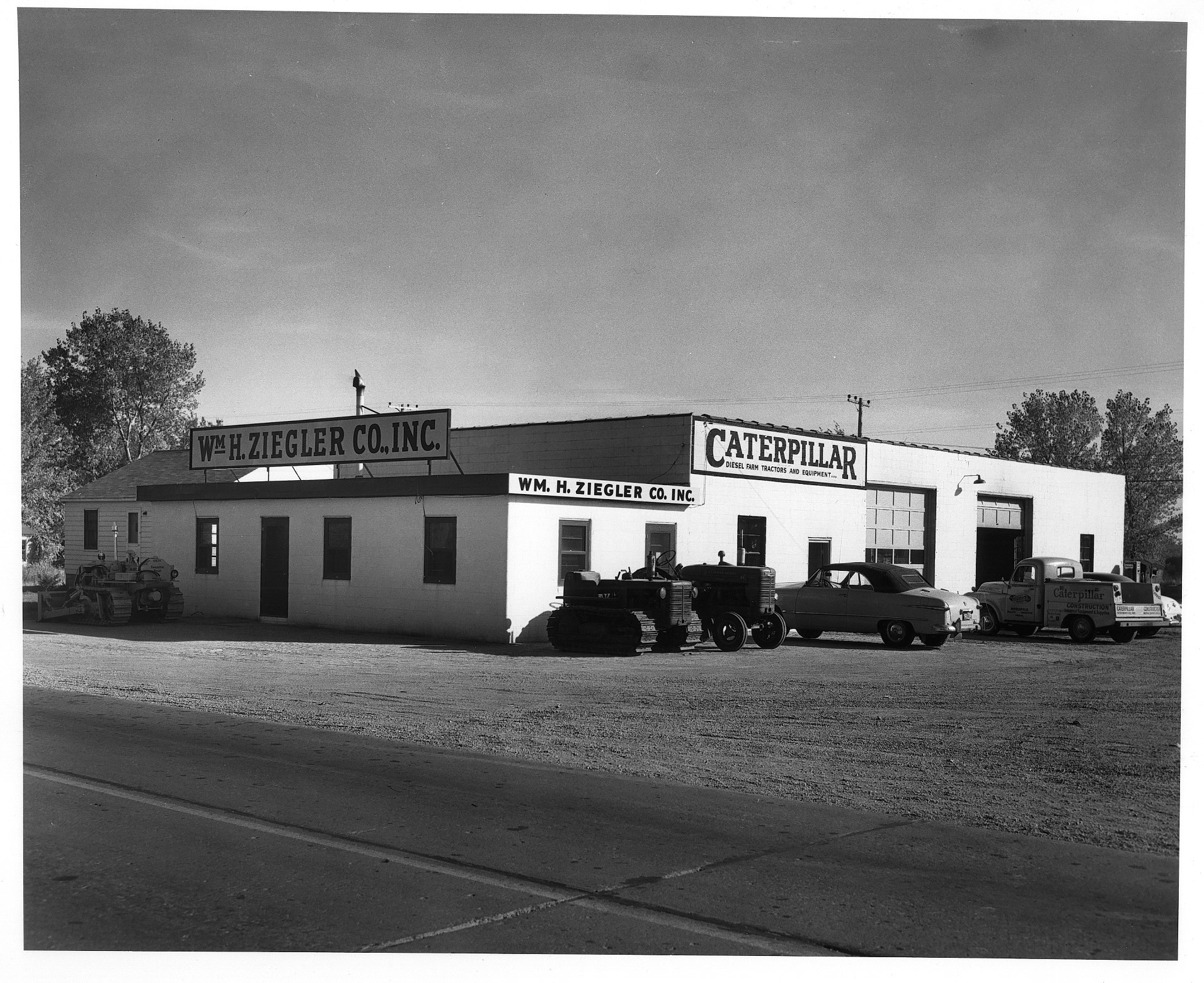
Published on April 24, 2025
Post-War Expansion (1945–1954)
The conclusion of World War II in 1945 ushered in an era of unparalleled economic growth and industrial development across the United States. For Ziegler CAT, this period represented a major turning point, as the company capitalized on the surge in demand for heavy machinery and agricultural equipment. With a renewed focus on customer service and facility expansion, Ziegler cemented its position as a leader in the heavy equipment industry during this transformative decade.
The Post-War Boom
After the war, the United States entered a golden age of economic prosperity. Infrastructure projects took center stage, fueled by government initiatives such as the Federal-Aid Highway Act of 1944, which laid the groundwork for the Interstate Highway System. These projects created significant demand for heavy equipment, and Ziegler CAT, as a trusted Caterpillar dealer, became a key player in supplying machinery for these large-scale endeavors.
In addition to construction, agriculture experienced a technological revolution during this period. Farmers were eager to replace outdated machinery with modern equipment to meet the growing demands of a booming population. Ziegler responded by expanding its product lines to include cutting-edge Caterpillar tractors and agricultural equipment, providing farmers with the tools they needed to increase efficiency and productivity.
Facility Expansion and Customer Focus
To support its growing operations and customer base, Ziegler CAT invested heavily in new facilities and infrastructure. The company’s headquarters in Minneapolis underwent significant upgrades, with expanded service bays, parts warehouses, and administrative offices to accommodate increased demand. Additionally, Ziegler began opening satellite branches to serve customers in outlying regions more effectively.
Customer service remained at the heart of Ziegler’s operations during this period. The company introduced new service agreements and maintenance programs, ensuring that customers could maximize the lifespan and performance of their equipment. Ziegler’s commitment to customer satisfaction became a hallmark of its success, earning the loyalty of contractors, farmers, and businesses throughout the Midwest.
Challenges and Innovations
While the post-war era was largely defined by growth, it was not without its challenges. Supply chain disruptions caused by the war’s aftermath occasionally led to delays in machinery production and delivery. However, Ziegler’s proactive approach to inventory management and its close partnership with Caterpillar allowed the company to mitigate these issues and maintain its reputation for reliability.
The 1950s also saw the introduction of several groundbreaking Caterpillar machines, including new models of bulldozers, loaders, and tractors. Ziegler CAT played a pivotal role in bringing these innovations to market, hosting demonstrations and open houses to showcase the
capabilities of the new equipment. These efforts not only boosted sales but also reinforced Ziegler’s position as an industry leader.
A Decade of Transformation
By the end of the 1950s, Ziegler CAT had firmly established itself as a cornerstone of the Midwest’s industrial and agricultural landscape. The company’s ability to adapt to changing market conditions, invest in infrastructure, and prioritize customer needs ensured its continued growth and success during this pivotal decade.
Locations Opened During This Decade
· Hibbing, MN – 1948
· Mankato, MN – 1953
Posted In: Behind the Scenes

